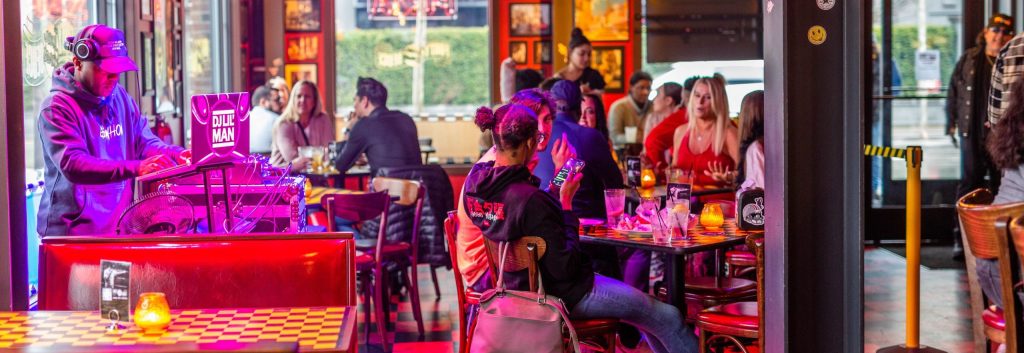By Yaromir Steiner
From a consumer perspective, American grocery stores have remained largely unchanged for decades. Each one follows the same general format and most shoppers know what to expect, even if they enter a completely new store. In simple terms, the “want” based merchandise: fruits, vegetables, meats, bakery, wine and cheeses are on one side, and the “need” based merchandise piled up in boxes and in shelves is on the other. If the COVID-19 crisis taught us anything, it’s that things can change in the blink of a cultural eye—including the modern-day grocery store environment.
A Rapid Shift
Many of the nation’s largest grocery stores have long adopted personal shopper, delivery and curbside pickup technology. These convenient services were typically offered at a premium, making them less likely to be used by the average consumer. When the pandemic began in March, however, grocery brands smartly made these services complimentary in an effort to keep shoppers safe and healthy.
More than a quarter of U.S. households used an online grocery delivery or pickup service in March—a number that has only increased over time. While there are still scaling and interface kinks to work out, it’s clear that online grocery is here to stay. There’s a good chance it could completely reshape the way physical grocery stores are designed.
The Need for Automation
The grocery industry has always been extremely price competitive. In order to more broadly encourage online shopping with pick-up or delivery, while remaining price competitive, the grocery stores will ultimately automate the pickup process by installing robots capable of picking, sorting, separating and packaging 400 to 600 hundred items an hour. Far more than the average personal shopper who can only do 30 to 40 items.
Consequently, the physical footprint of grocery stores will be altered to better fit this automated model, particularly in the “need” based portion of the store. The shelving systems optimized for robots will be quite different from the typical grocery shelving organized for consumers. Lines of spacious store aisles will eventually be reduced—and in some cases, completely eliminated—to make way for these automated, highly efficient and logistically advanced systems.
It would then be conceivable that this automated warehouse could be elevated to the upper level of the store, while the ground floor is accessible to the customers seeking “want” based merchandise.
My prediction is that within twenty years, we will see large semi-trailers driven by no one docked at a grocery store, where all the goods will be automatically transferred to the distribution shelves. Then the items will be automatically picked to complete consumer orders, finally to be delivered by driverless vehicles to the customer’s home. Those who elect to pick up their digitally bought items will enjoy instant curbside service—fulfilled robotically, of course.
There may even be a debate around whether local grocery stores will be needed at all. Why wouldn’t a massive and centrally located warehouse be capable of supplying all the grocery needs of a metropolitan area like Columbus?
Food for Thought
Like a bookstore or furniture outlet, the value of discovery still exists in a grocery store, especially for the “want” based goods. While the physical size of locations will inevitably be reduced or eliminated, it’s up to brands to incorporate that instinctual component of “finding” into their digital infrastructure.
This shift also begs the question, “should grocers pay retail real estate costs when rent in the industrial district will fulfill orders as effectively as a grocery store in the urban core?”
Even technologically progressive mom and pop shops could keep a small retail environment on the ground floor, and above it, incorporate an automated shelving system that contains all the goods you’d normally see in an 80,000 square-foot space. After all, there will always be a market for the last-minute grocery items we want to pick up on the fly.
The rapid shift in consumer preference for technologically fueled solutions—propelled by the pandemic—no doubt means grocery stores (and virtually every other type of building) will look different than we see today. Retail brands need to keep a close eye on trends and advancements in the industry and be confident when the time comes to evolve.






